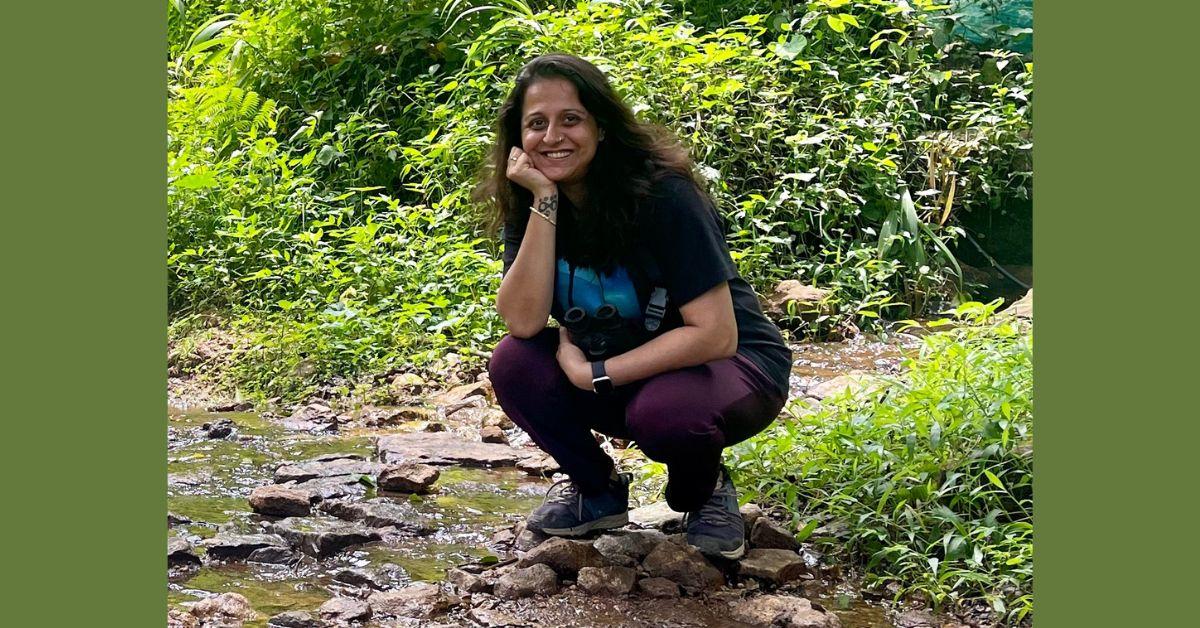Meet an Educator is a monthly series by Early Bird, where we feature the work of educators across India who are actively spreading the joy of birds and nature. This month’s featured educator is Esha Munshi, founder of the Feather Library and associate curator of birds at the National Centre for Biological Sciences in Bengaluru.
Do tell us about yourself, where you are from, and your work
I was originally trained as an architect and spent 15 years in the profession before deciding to shift my focus to something that has always been my passion—birds. I founded the Feather Library, a project close to my heart. With over a decade of birdwatching experience, I’ve had the privilege of observing 1,086 species in the Indian Subcontinent and over 1,500 worldwide so far.
My focus lies in capturing bird sounds, and I’ve recorded over 700 species. One of my most memorable achievements was having my recording of the Marsh Babbler ranked among the top 30 sounds out of one million on eBird. Additionally, 42 of my recordings are featured on the Merlin App, where I also work as a sound annotator.
In 2021, I completed a comprehensive Ornithology course and later pursued certification in taxidermy at the Cornell Lab of Ornithology. I now serve as an associate curator of birds at the National Centre for Biological Sciences in Bangalore, nurturing the growth of Feather Library.
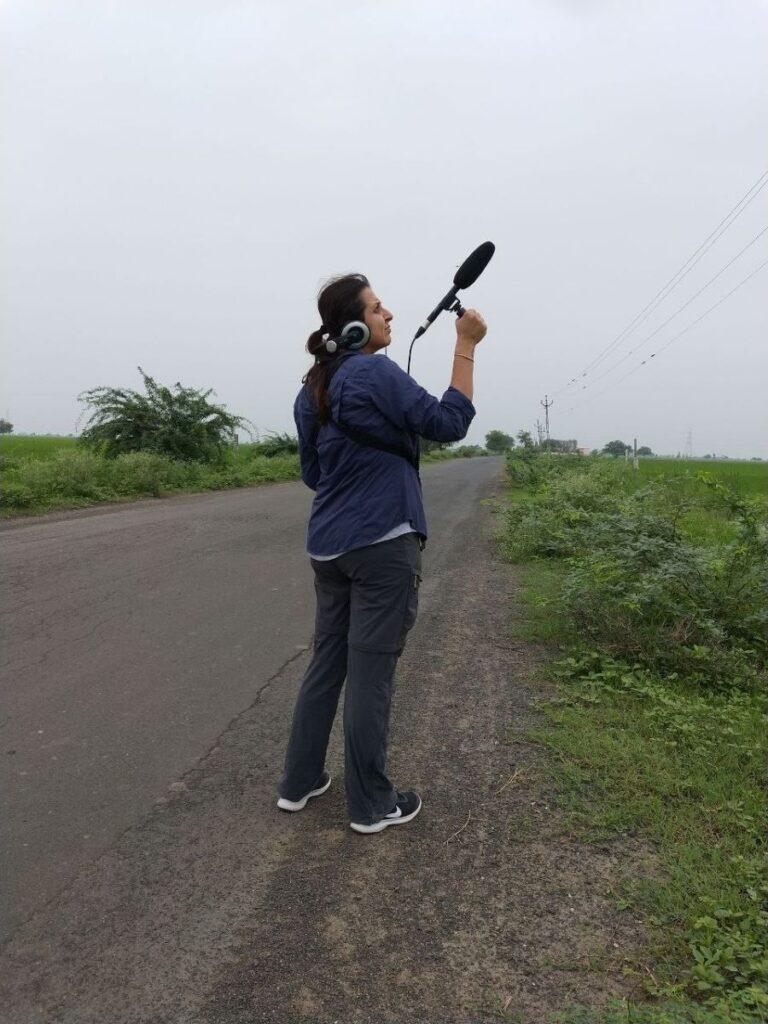
What excites you about the natural world?
My love for birds is rooted in a deep fascination with their beauty, intelligence, and the freedom they embody. From their intricate feather patterns to their diverse calls, birds have a unique way of capturing my attention and inspiring awe. My journey began with casual birdwatching, but it quickly became a lifelong passion. Observing birds in their natural habitats, learning their behaviours, and identifying species has become my second nature. Each encounter with a bird is a moment of discovery, whether a rare species or a common one, and it never fails to ignite a sense of wonder.
Recording bird sounds has also become a crucial part of my journey, allowing me to capture their voices and better understand their communication. There’s something profoundly peaceful about being surrounded by birdsong, and it’s a privilege to document and share these natural sounds. Over time, my love for birds expanded beyond observation, leading me to explore scientific aspects like taxonomy, conservation, and specimen-based research.
Through the Feather Library, I’ve found a way to channel my passion into a project that preserves avian biodiversity and educates and inspires others. Birds are not just my interest—they reflect nature’s delicate balance, and I’m driven to protect and celebrate them.
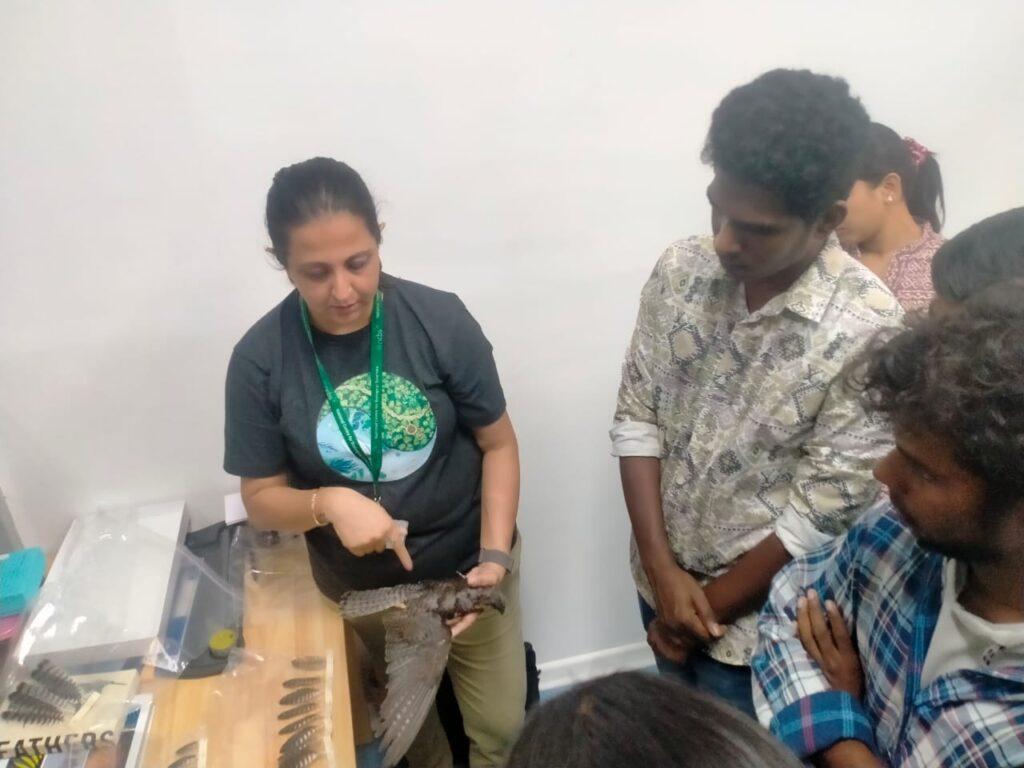
When and how did you get interested in bird/nature education?
The main goal of founding the Feather Library was to give something meaningful back to science and society. As a birdwatcher and citizen scientist, I realised how much we could learn from birds and how their feathers, sounds, and behaviours hold valuable insights into our ecosystems. I wanted to create a platform that preserved these insights and made them accessible to researchers and the public. The Feather Library allows for non-invasive bird specimen collection, contributing to conservation, education, and scientific research.
This project sparked my interest in bird education because I saw how sharing knowledge could inspire others to care about birds and their habitats. By focusing on education, the Feather Library empowers students, researchers, and bird enthusiasts to engage with nature meaningfully. Ultimately, I aim to foster a deeper appreciation for birds and their role in our world, bridging the gap between science and society.
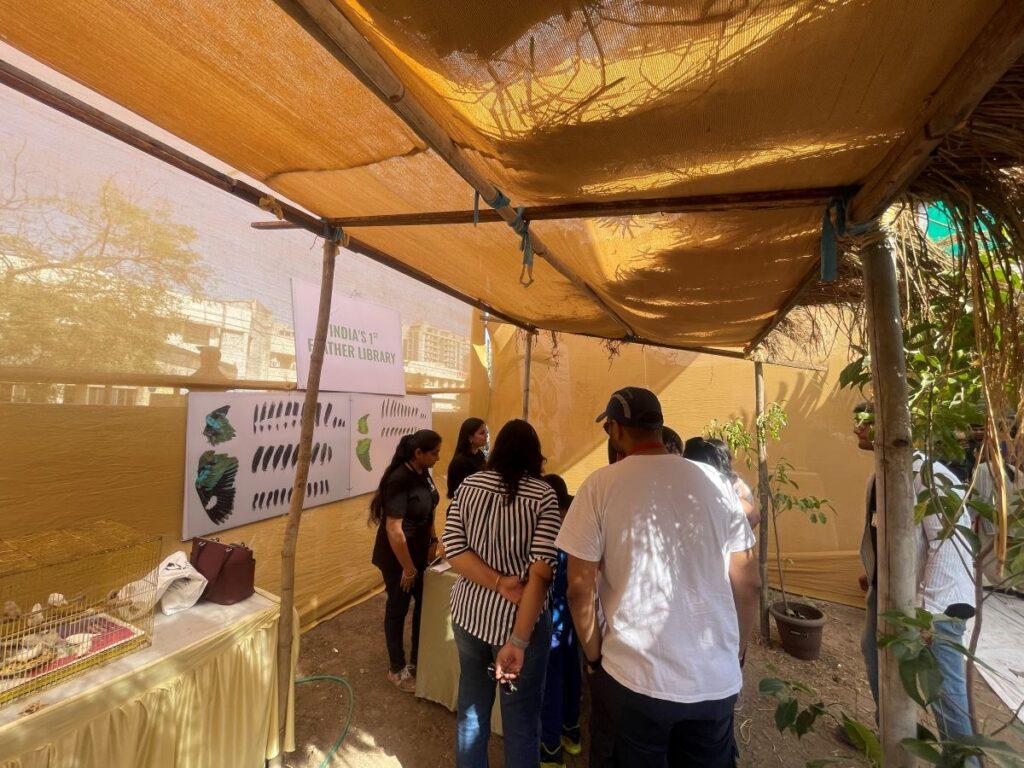
What do you hope to achieve through your education work?
Through the Feather Library, I aim to fill critical knowledge gaps about birds and spread awareness about the concept of the extended specimen. Traditional ornithology focuses much on physical bird specimens, such as skins or skeletons, stored in museums. However, feathers, sounds, and other non-invasive data hold immense potential for expanding our understanding of bird species and their behaviours. By collecting and preserving these elements, the Feather Library provides a unique way to study birds without harming them, ensuring that vital information is not lost.
The concept of the extended specimen goes beyond physical preservation, incorporating data like DNA, bird calls, and ecological interactions. This more holistic approach allows us to gain deeper insights into bird migration patterns, species evolution, and environmental changes. By building this resource, I encourage researchers and citizen scientists to contribute to and utilise this knowledge, ensuring it is not limited to a select few.
Additionally, I am passionate about making this knowledge accessible to a broader audience. Through educational outreach, workshops, and online resources, the Feather Library bridges scientific research and public understanding, promoting bird conservation and fostering a deeper connection to the natural world.

Why do you believe it is important for children to learn about birds or connect with nature?
I believe it is crucial for children to learn about birds and nature from an early age. Birds are often the most accessible form of wildlife, whether in city parks, rural landscapes, or even from our windows. Observing birds can spark curiosity about the natural world and help children develop a deeper appreciation for the environment. Learning about birds teaches children about ecosystems, biodiversity, and the interconnectedness of life, helping them understand the importance of conservation.
From my point of view, birdwatching and studying nature not only foster a sense of wonder but also cultivate patience, observation skills, and empathy. When children learn to care about the well-being of birds and their habitats, they begin to understand their role in protecting the environment. Encouraging this connection at a young age can help nurture a lifelong appreciation for nature, empowering future generations to advocate for wildlife and conservation efforts.
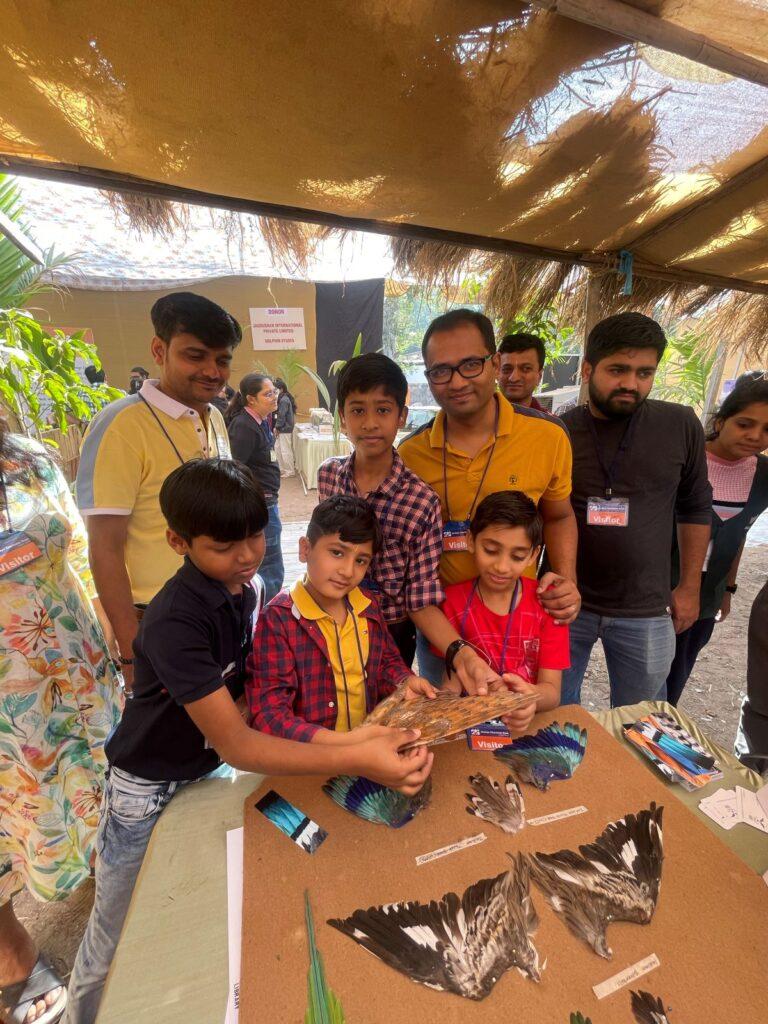
What tools or resources have helped you in teaching about birds? Can you describe an approach that has worked exceptionally well for you?
Using real feathers and bird wings as educational tools provides a hands-on, immersive experience that photos alone cannot replicate. When students can physically touch and examine feathers or wings, they gain a deeper understanding of the intricate structures and functions that enable birds to fly, stay warm, and blend into their surroundings. The tactile experience helps them appreciate the variety of textures, colours, and shapes, making the learning process more engaging and memorable.
Handling real feathers allows students to explore details such as the distinction between flight feathers and down feathers, the way barbs and barbules interlock, and how feather coloration is achieved through pigments or structural arrangements. These experiences foster a stronger connection to nature by offering a direct, sensory interaction that encourages curiosity and exploration. Seeing and touching these natural objects leaves a lasting impression, helping students better comprehend the complexity of avian biology and the significance of conservation in a way that photos simply cannot replicate.
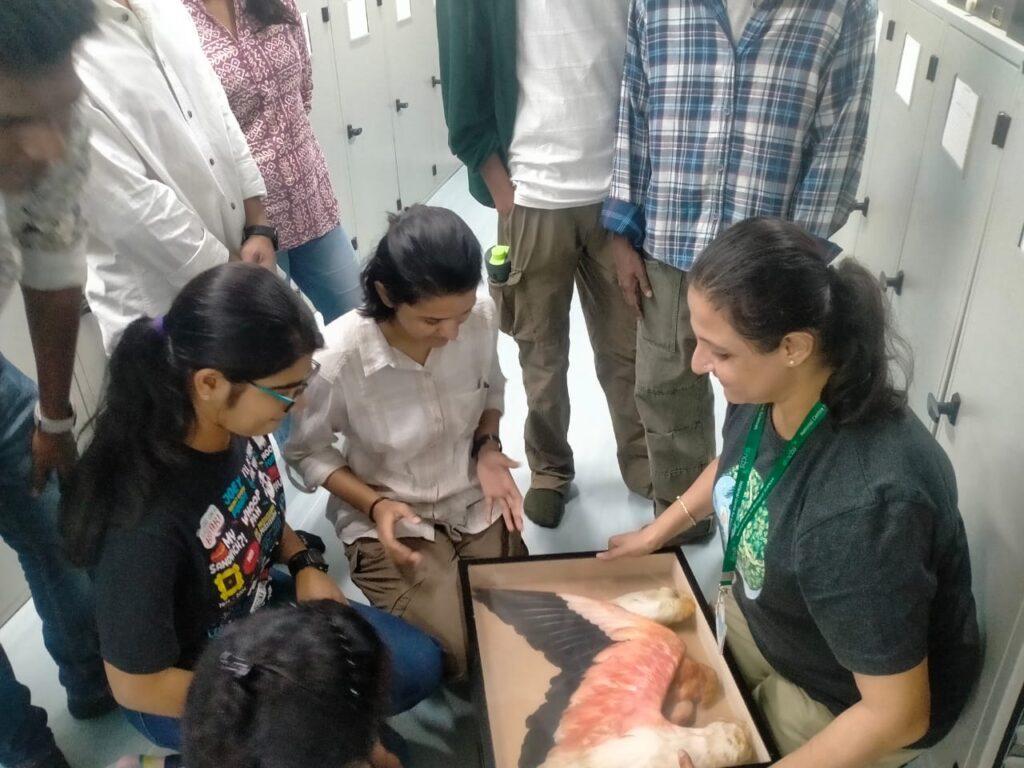
Have you encountered a significant challenge as a bird/nature educator, how did you overcome it?
The Feather Library’s approach is unique, focusing on non-invasive bird specimen collection while emphasizing education, conservation, and research. Rather than relying solely on traditional methods, we collect feathers, wings, and organs, offering a more sustainable and ethical way to study birds without harming them. This bridges the gap between science and public engagement, making bird research accessible to everyone from researchers to students.
However, launching this project has been challenging. I’ve had to navigate partnerships with forest departments and rescue centres, design collection systems, and develop an open-access website to share knowledge. Each obstacle required adaptability and innovation, ensuring that the Feather Library continues to grow and fulfil its mission.
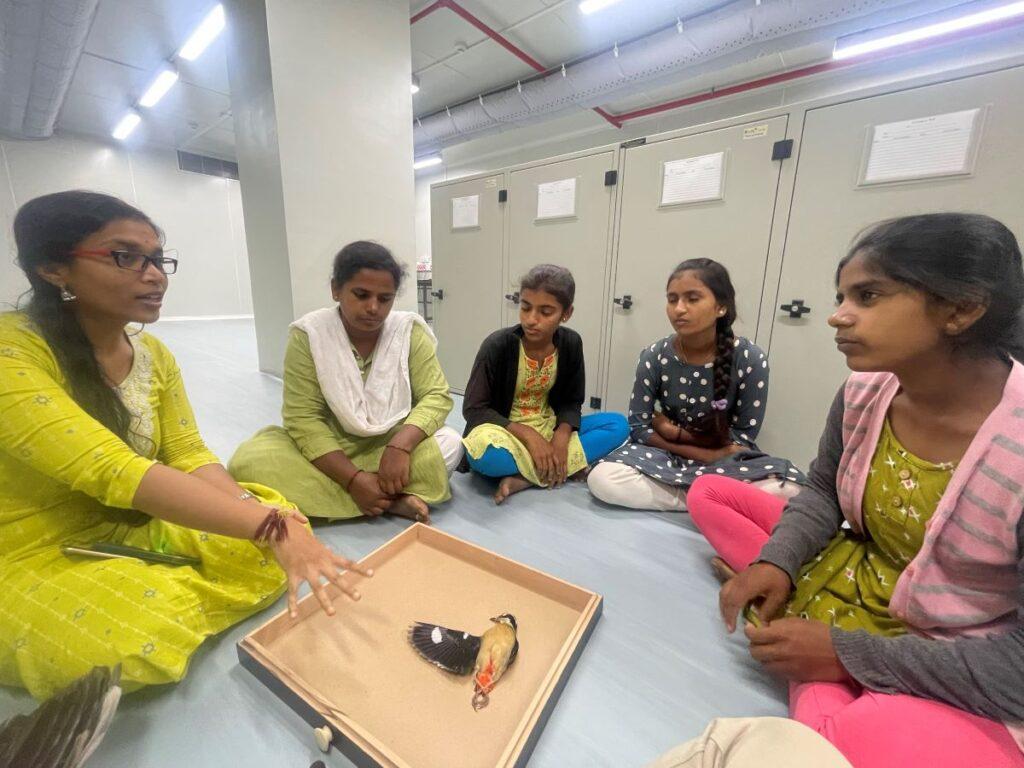
Do share any memorable moment or experience you have had in teaching kids about birds/nature. Can you recall any insightful instance that shaped your perspective?
Three young girls from a rural village in Karnataka recently visited the Feather Library. Since they didn’t understand Hindi or English, they brought their teacher along to help translate and guide them through the experience. For two hours, they eagerly learned about birds, feathers, and the importance of conservation. Despite the language barrier, their enthusiasm was clear as they asked thoughtful questions and soaked up everything they could.
Inspired by what they had learned, the girls returned to their village and, with the help of their teacher, created a short YouTube video in Kannada. In the video, they shared their new knowledge about birds and feathers, hoping to inspire their community to appreciate nature and take an interest in bird conservation. Their initiative not only demonstrated their passion but also how learning about birds can bridge gaps and create connections, no matter the language.
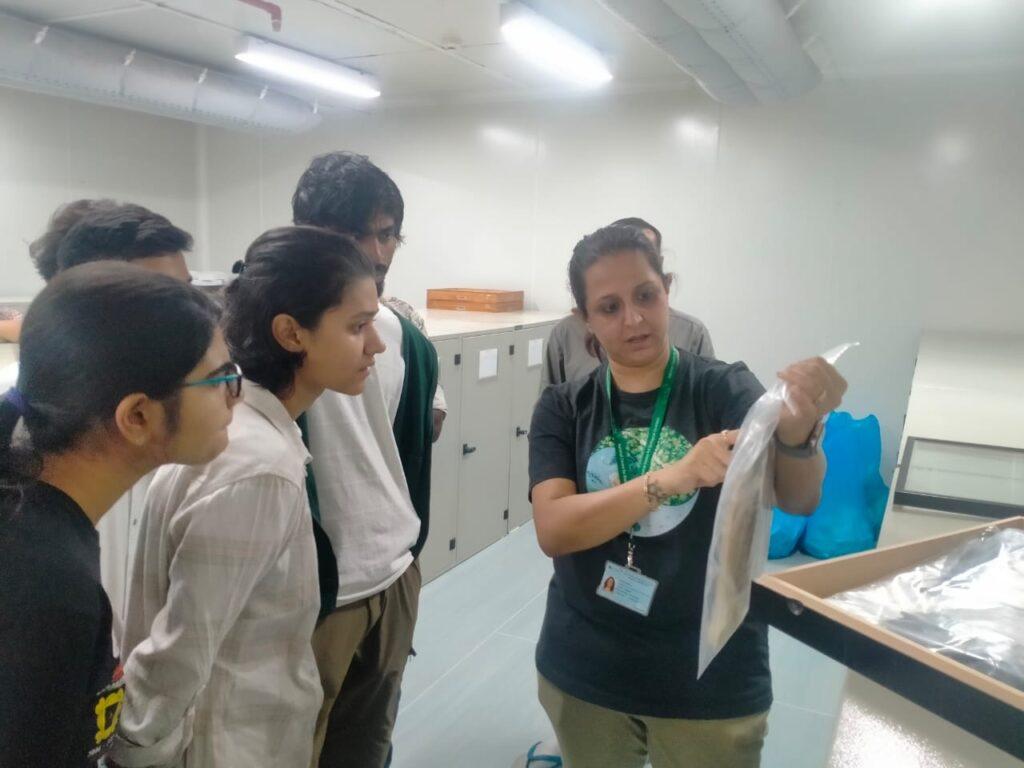
Have you noticed any changes in your learners after they received exposure to birds and nature-based learning? If yes, what are they? If not, why do you think that is?
After learning about feathers, students begin to see birds in a whole new light. They start noticing the intricate details of feather structure, colouration, and function, which deepens their appreciation for birds. Rather than just observing birds, they focus on how feathers play a key role in flight, insulation and other behavioural aspects. This heightened awareness encourages them to become more attentive observers of nature. In a world where biodiversity is under threat, this shift in perspective is crucial, as it fosters a deeper connection to wildlife and inspires a sense of responsibility toward bird conservation and protection.
What message would you have for your fellow educators, or somebody starting out in their nature education journey?
As nature educators, we have the unique opportunity to inspire curiosity and foster a love for the natural world. People, especially children, are always hungry to learn more, and it’s our responsibility to nourish that curiosity with meaningful, engaging knowledge. Whether it’s through hands-on experiences, stories about wildlife, or guiding them in outdoor exploration, we hold the key to opening their minds to the wonders of nature. By feeding their desire to learn, we help cultivate the next generation of nature advocates, conservationists, and responsible stewards of the planet—something the world needs now more than ever.

